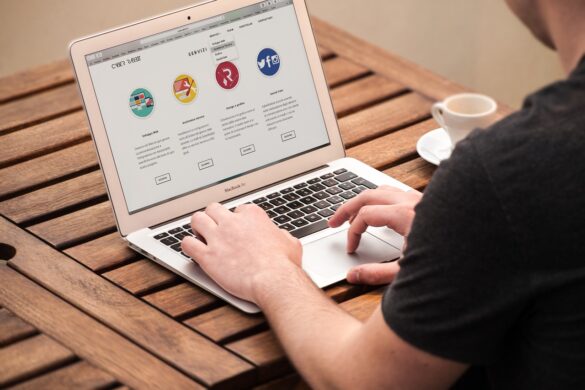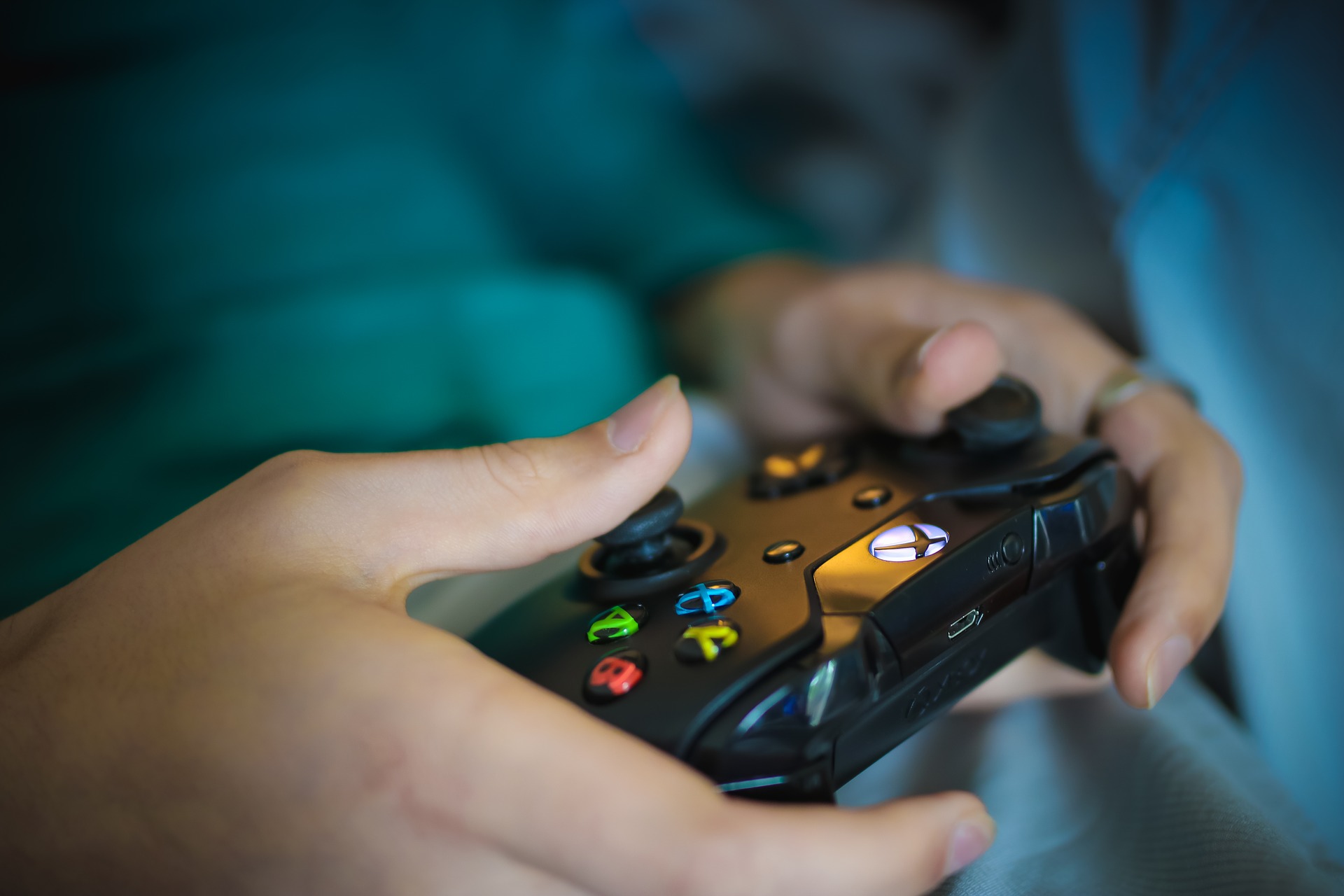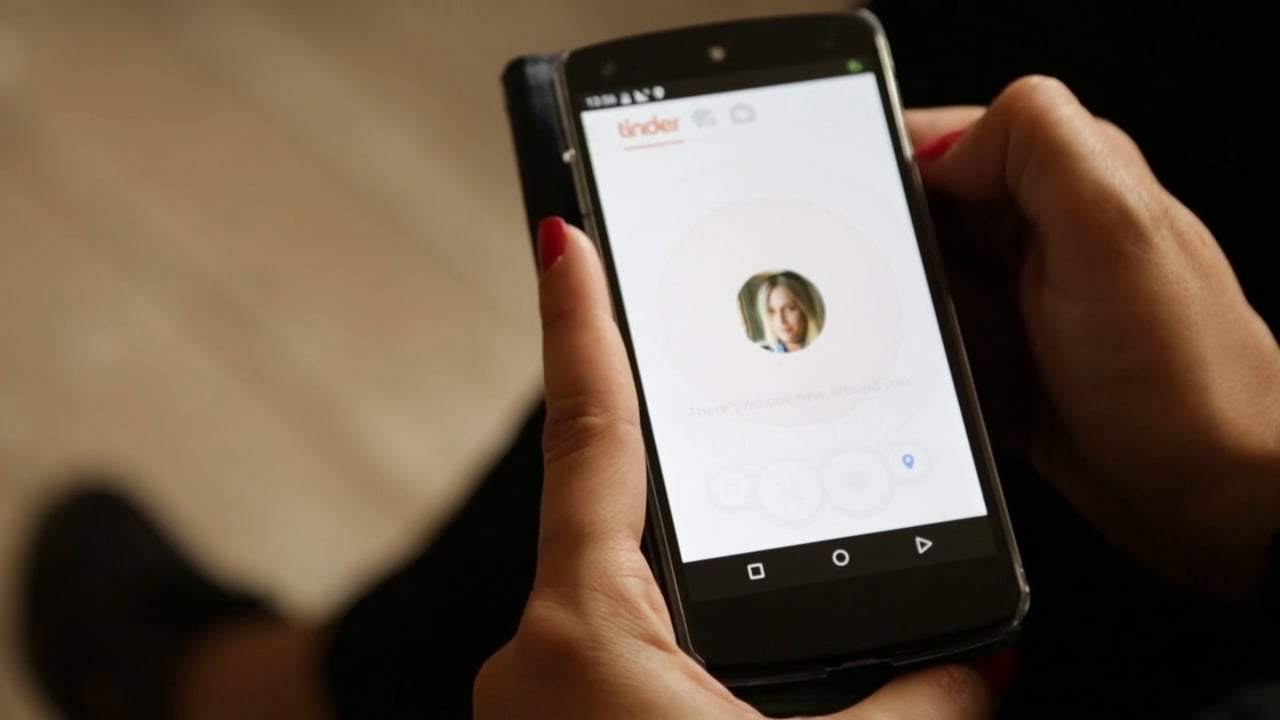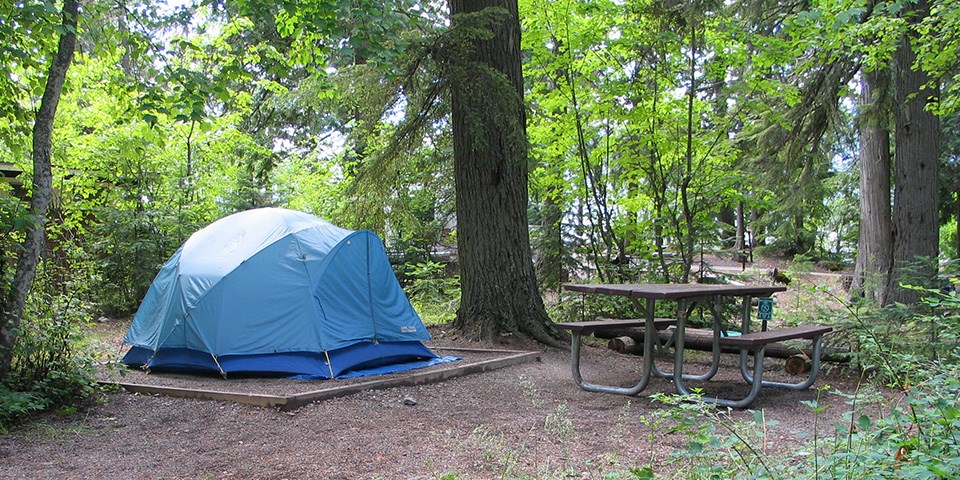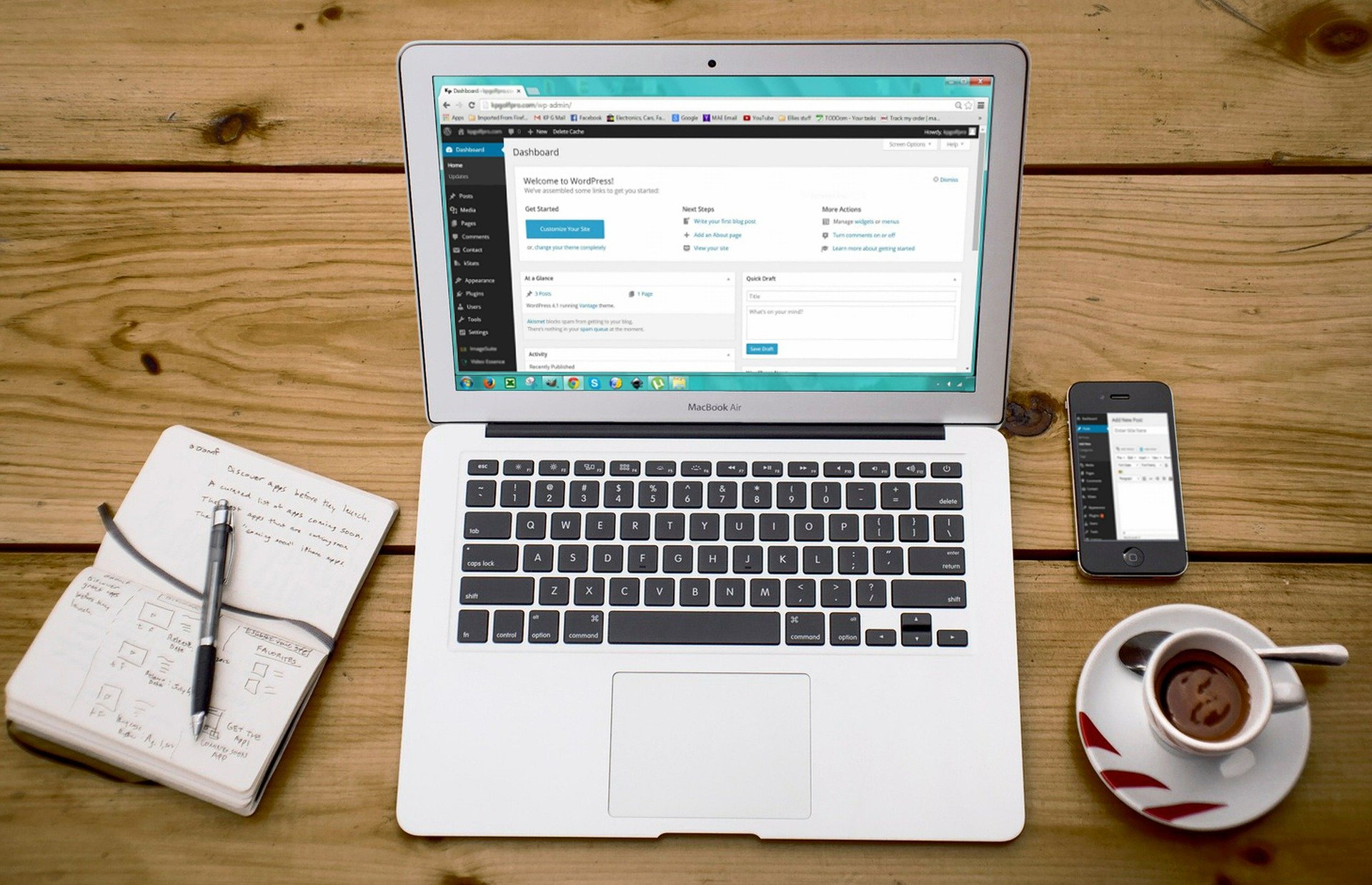
Obviously, you want people interacting with your website.
You know, clicking on links, visiting multiple pages, reading and viewing your content.
But how do you know they are actually doing the above?
Because your organic traffic numbers will only tell you how many people are visiting your site. It doesn’t allude much to whether people are staying and taking actions on it, which is your conversion rate.
There are a few tools one could use to assess how your website is being used, one of them being heat maps.
Heat maps are visual representations of what parts of your site are being used/clicked on and how much.
The areas being used will be highlighted in red and orange, while the parts that are being used less will be highlighted yellow and green. The sections that are rarely used will show no color.
A heat map looks very similar to weather maps and thermal imaging. Just think of the areas that are being used as “hot” and the areas that aren’t as “cold.”
There are a few different types of heat maps, each showing something different. They are:
- Click tracking
- Scroll Maps
- Mouse Movement
- Desktop/Mobile
Here is a short description of each one.
Click Tracking
Click tracking is pretty self explanatory.
It will track which areas are being clicked on the most.
Those that are clicked on a lot will be highlighted red and orange, and areas that aren’t will be green and yellow.
It won’t take a genius to tell you that spots where there are links will be clicked on more than areas with whitespace, but knowing which links are being clicked on and how often can be very useful information.
You can also try moving your links around or changing the layout or the surrounding content to see if that has an effect on click rate.
Mouse Movement
A mouse movement heat map will show where and how a user is moving their mouse (also a pretty self-explanatory title).
Areas where people’s mouses spend more time will be red and orange and areas where they spend little time will be blue and green.
A mouse movement map can show where people are:
- Clicking
- Hovering
- Pausing
- Scrolling
- Drawn to
With the above, one can determine:
- Where users are spending their time
- Which areas are causing frustration or engagement
- A user’s decision-making process
Scroll Maps
Scroll maps will show how far people scroll down your website or page.
It will typically look like a gradient going down your page, turning from red to blue.
Naturally, as you get farther down your page, there will be a smaller percentage of people who make it there. S inevitably, your page won’t be entirely red.
The goal, however, will be to have the red and orange area to go as far down as possible.
With a scroll map, you can see how far down people are making it.
You can use this to see where people typically stop scrolling, and if there are any spots that have a sharp drop off. Then you can analyze those sections of your website to see if you can optimize them to encourage people to keep scrolling or stop leaving.
For Help WIth Heat Maps
As you can see, heat maps are an extremely useful tool for conversion rate.
But knowing how to read them and use them to implement changes can be challenging.
Hiring a conversion rate optimization agency can help, however.
They will be able to use heat maps on your site, explain what they are representing, and recommend what to do next.
One company that does this is Pearl Lemon Convert.
They are a conversion rate optimization agency in London. They can help your conversion rate, and specialize in using heat maps to do so.



